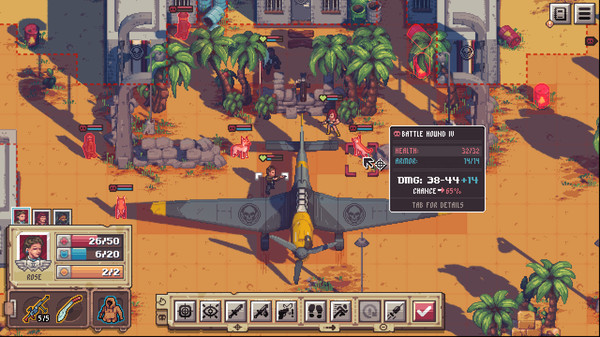Cross-platform Game Development Framework
libGDX is a cross-platform Java game development framework based on OpenGL (ES) that works on Windows, Linux, macOS, Android, your browser and iOS. It provides a well-tried and robust environment for rapid prototyping and fast iterations. libGDX does not force a specific design or coding style on you. Rather, it gives you the freedom to create a game the way you like it.
Open Source, Feature Packed and Offering a Big Third-Party Ecosystem
libGDX is licensed under Apache 2.0 meaning you can use it free of charge, without strings attached in commercial and non-commercial projects. We, however, love to get (non-mandatory) credit in case you release a game or app using libGDX! See our showcase for a selection of some popular libGDX games. libGDX comes with batteries included and provides everything required to develop multi-platform 2D and 3D games with Java.
libGDX also offers a very extensive third-party ecosystem. There are numerous tools and libraries that take a lot of work off the hands of developers. Take a look at awesome-libgdx for a curated list of libGDX-centered libraries and a good starting point for anyone new in the libGDX world.
An example for a game created with libGDX: Pathway by Robotality. Find more games in our Showcase.
Getting libGDX / Documentation
As we use Gradle, there's no need to download libGDX itself – this can all be done by your favorite build tool. We also offer a setup tool, which automatically creates a project for you and downloads everything necessary. See our website for instructions on how to get started with this or read our wiki.
We also provide javadocs online. The javadocs are bundled with every libGDX distribution for consumption in your favorite IDE.
Community & Contributing
You can follow the latest news about libGDX on our blog. Another good way to get in touch with our community is to join the official libGDX Discord.
Reporting Issues
Use the Issue Tracker here on GitHub to report issues. Please make sure you read the Getting Help article that walks you through the process of properly reporting an issue.
Working on the Code
libGDX has a strong developer community constantly improving the code base. We love to get any and all help we can. Our Contributing Guidelines describe the process of helping libGDX to become even better. To contribute, you need to work with libGDX' sources directly, something normal users do not have to go through. The Working with the Source article will give you some directions.
You can also contribute financially to our infrastructure (build server, web server, test devices) via our Patreon!







